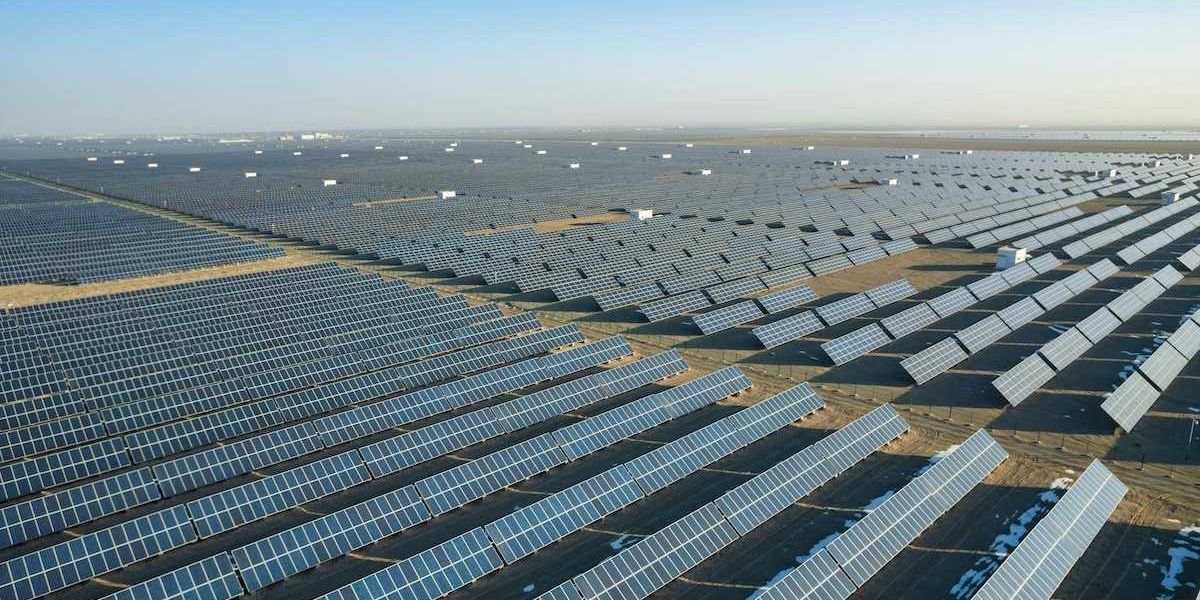Clean energy projects face steep tax credit cuts under Republican megabill
Hundreds of wind, solar, and battery storage projects across the U.S. could lose vital tax incentives under a Republican-led bill that threatens to reverse key provisions of Biden’s 2022 climate law.
Kelsey Tamborrino and Jessie Blaeser report for POLITICO.
In short:
- An analysis identified 794 clean energy projects, mostly in Republican districts, that could be ineligible for tax credits if they don’t begin construction within 60 days of the House bill’s passage.
- The Senate Finance Committee’s version would ease some restrictions but still impose tight deadlines that jeopardize up to 569 wind and solar projects.
- Industry groups warn the proposed timelines create financial uncertainty, making it harder to secure loans, equipment, and permits in time to meet the new requirements.
Key quote:
“It’s basically throwing us off a cliff.”
— Kay Aikin, founder of Dynamic Grid
Why this matters:
The proposed rollback of clean energy tax credits threatens to stall America’s shift toward renewable electricity at a time when demand for power is growing fast. Data centers, electric vehicles, and manufacturing expansions are straining the grid, and clean sources like wind and solar have become the cheapest way to meet that need. Eliminating tax incentives midstream would undercut investment, delay construction, and force developers to cancel or shrink projects — especially in areas that supported these efforts under bipartisan policies. The likely result: more dependence on fossil fuels, more emissions, and less grid resilience. With the vast majority of these projects planned in Republican districts, the cuts could hit local economies and jobs hardest in the very places the House bill’s sponsors represent.
Learn more: Clean energy factories bring jobs and billions to red states as tax credits face cuts













